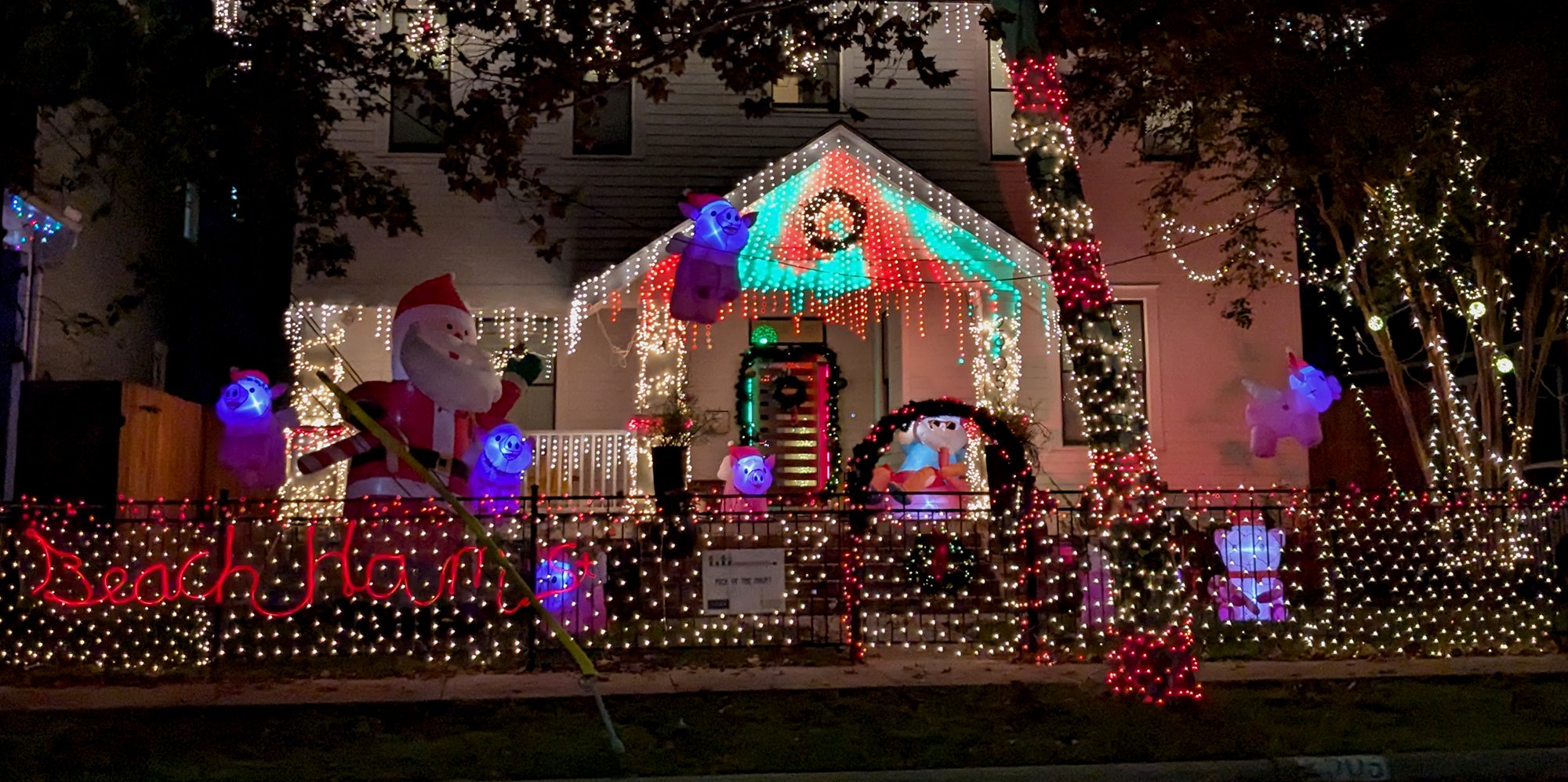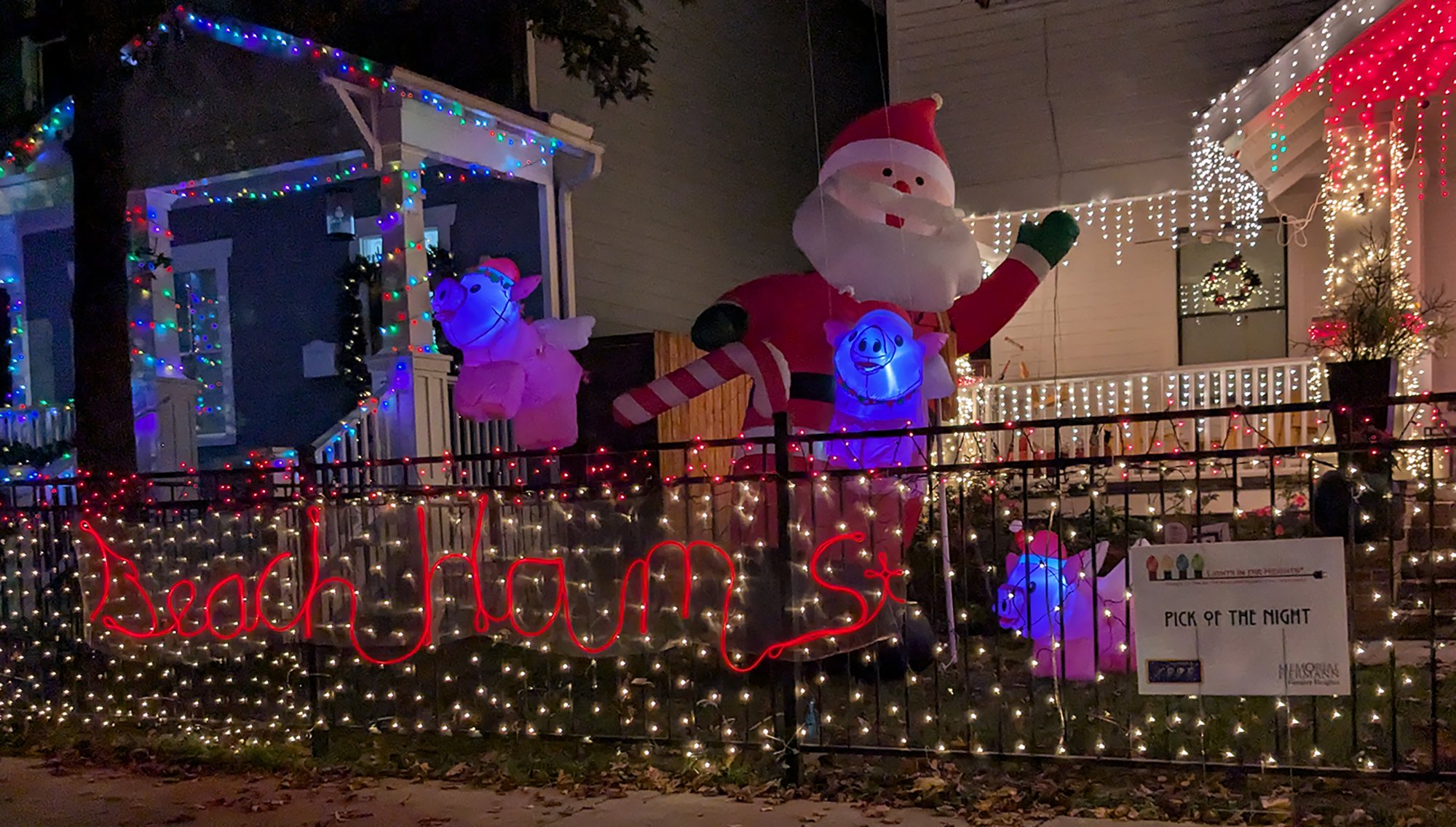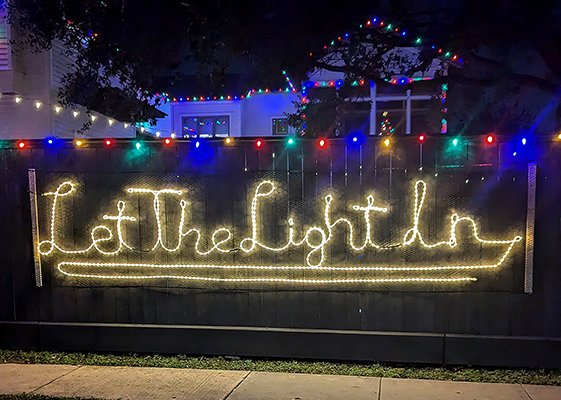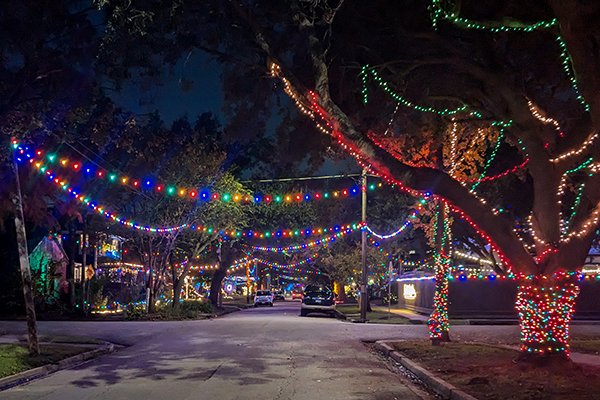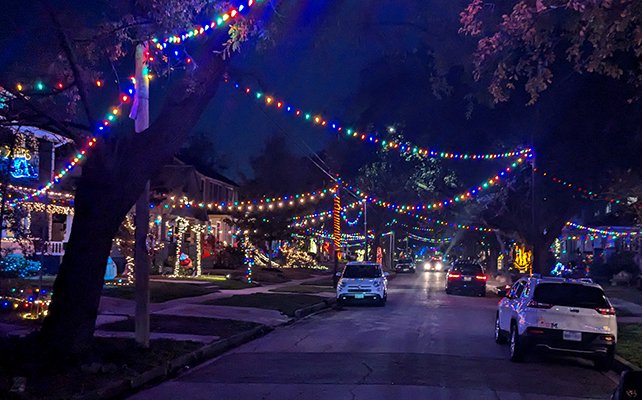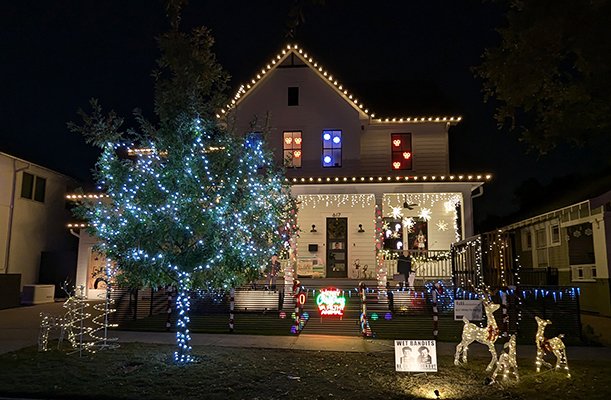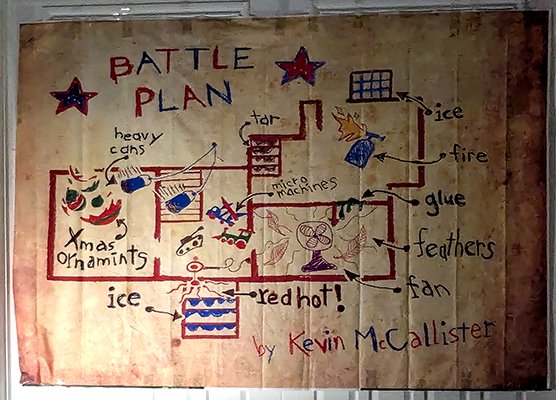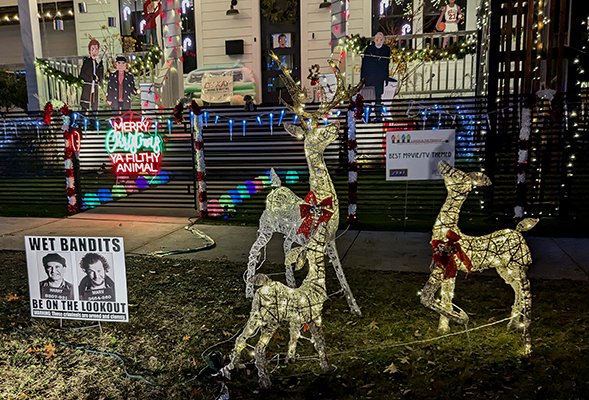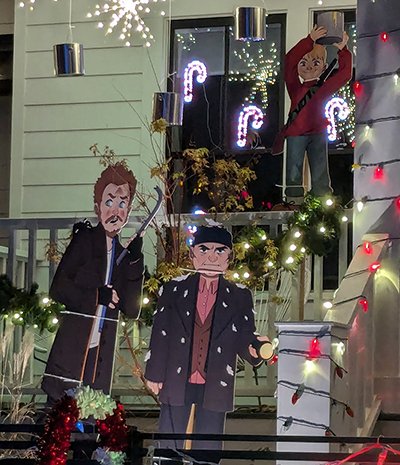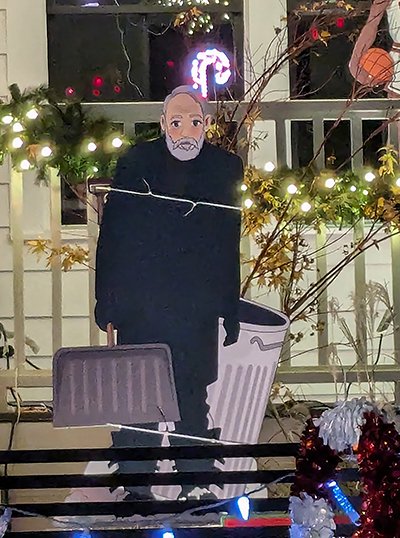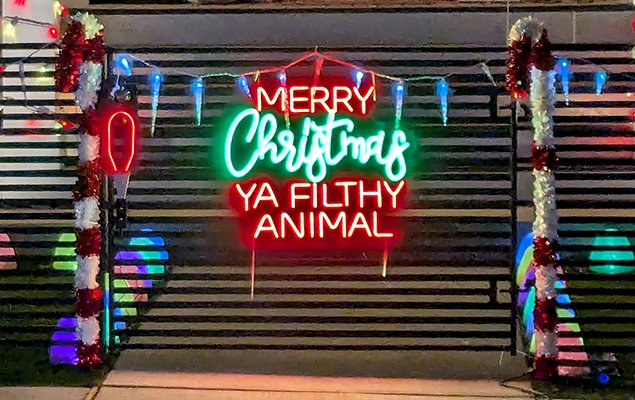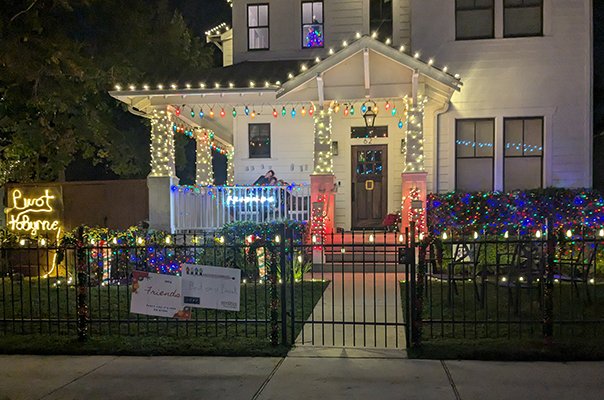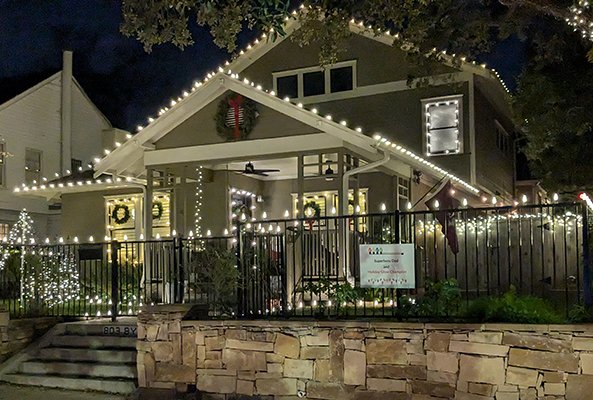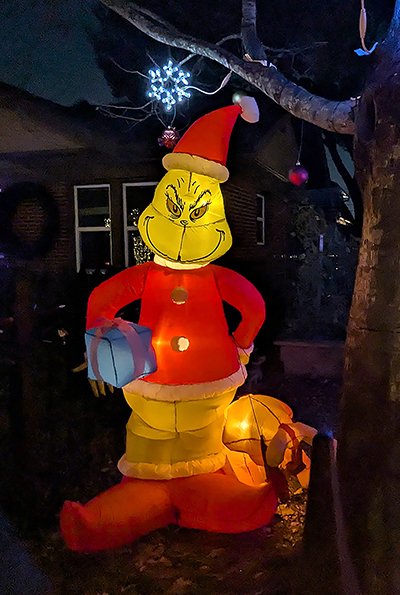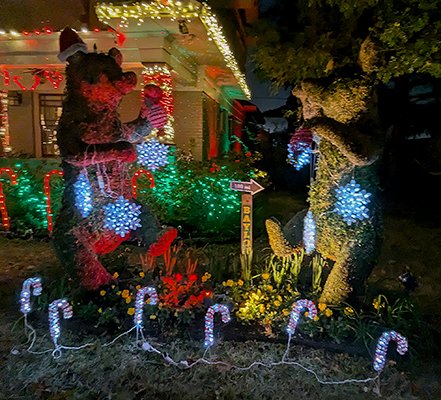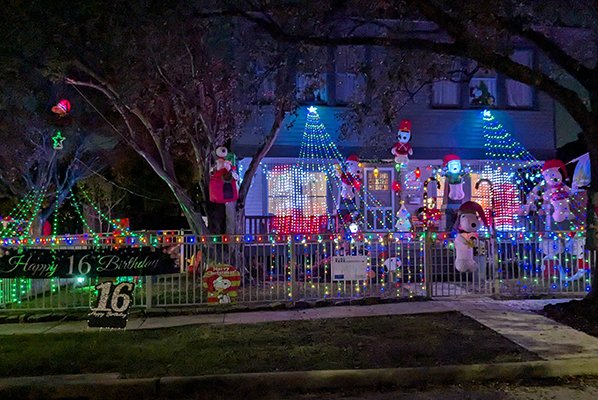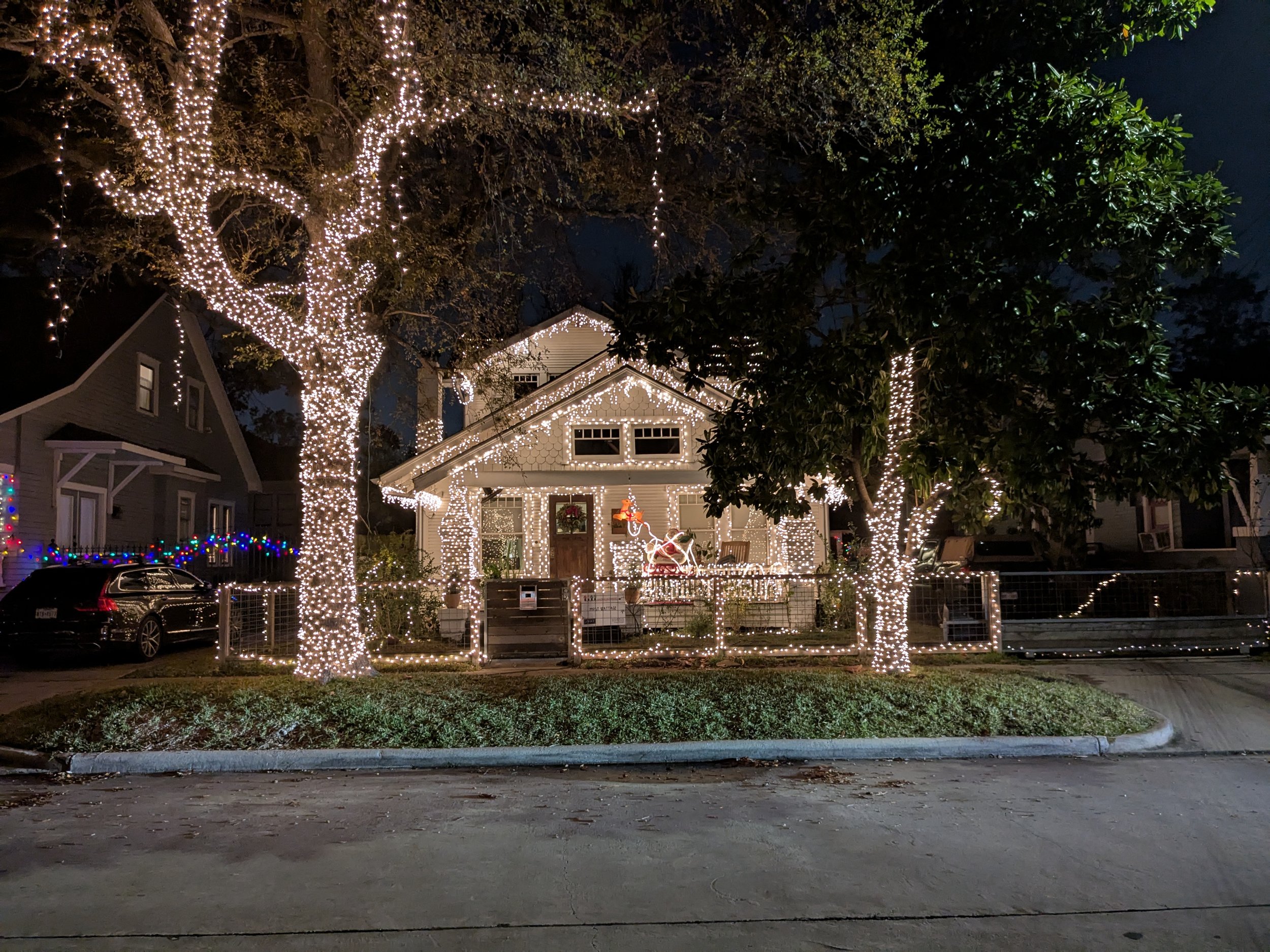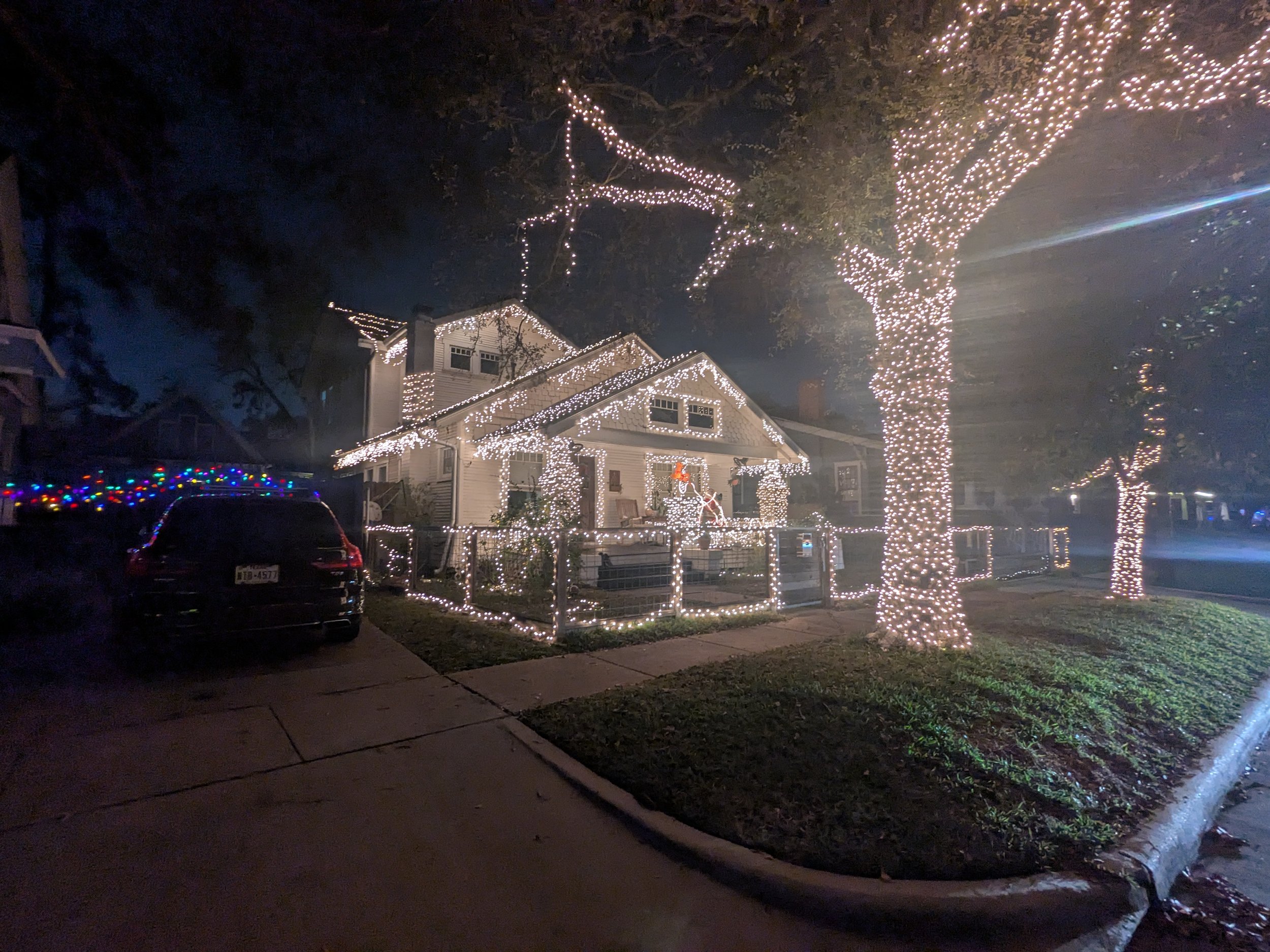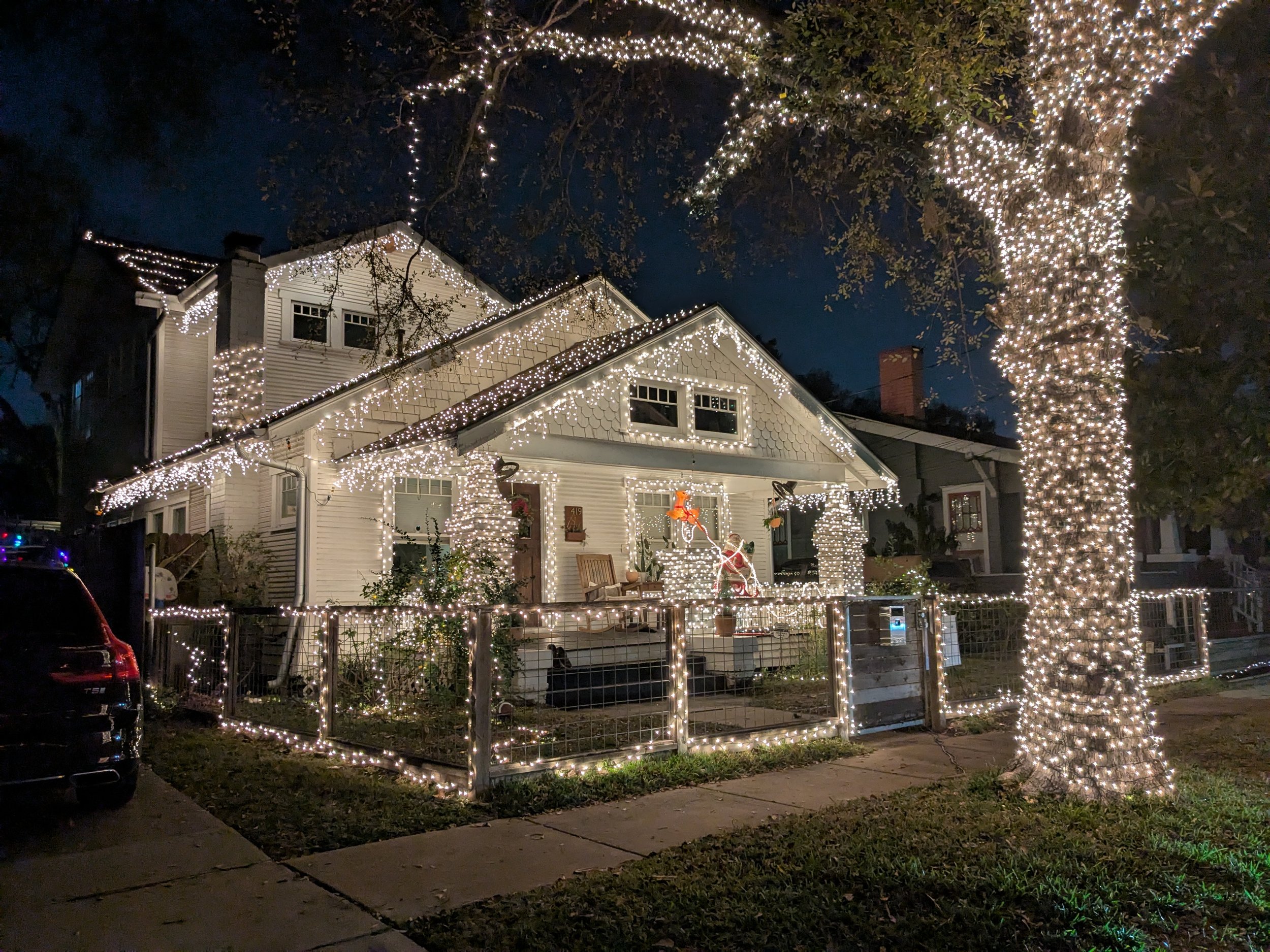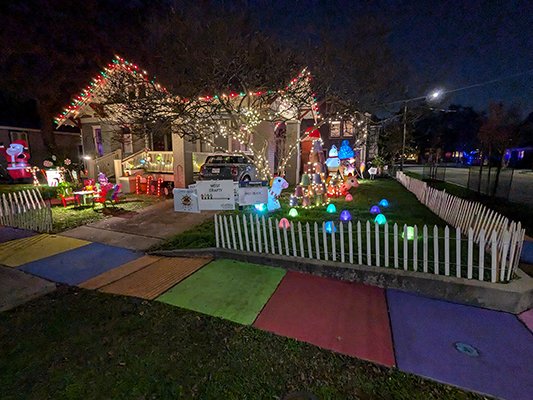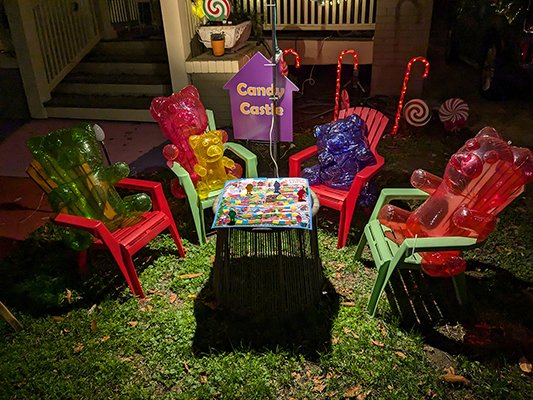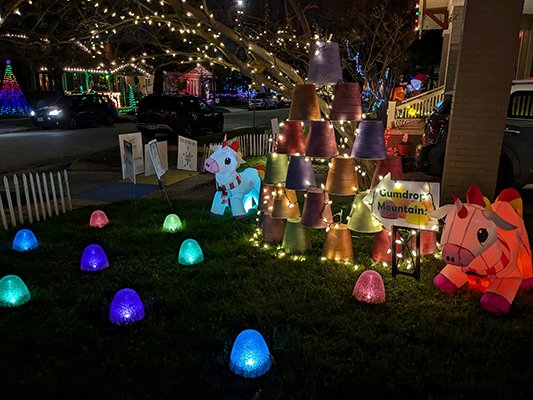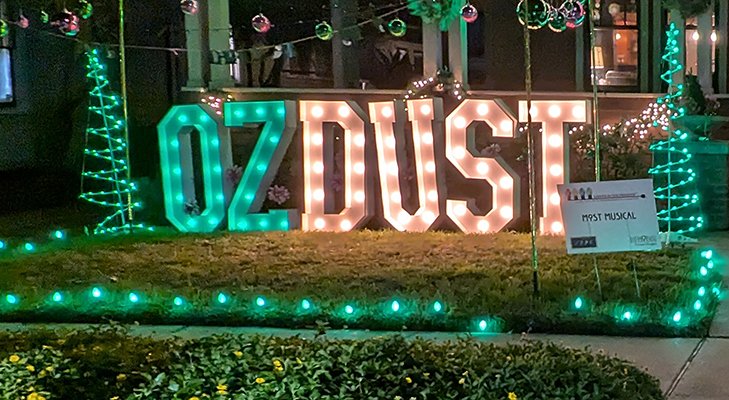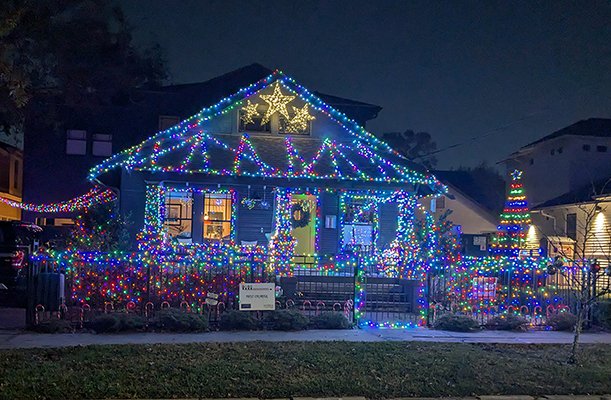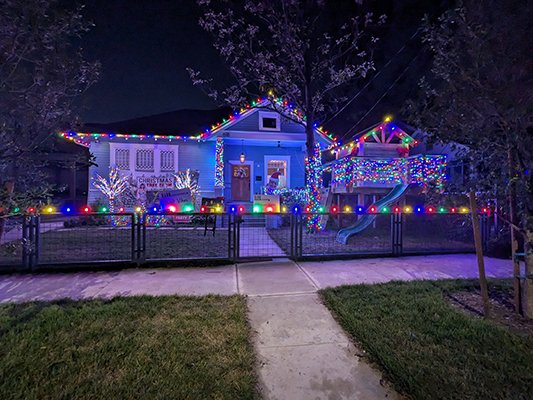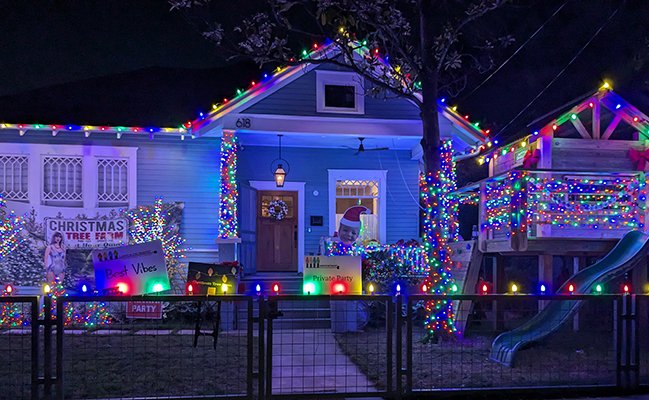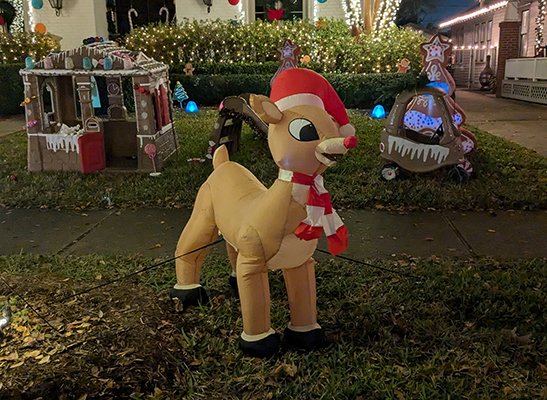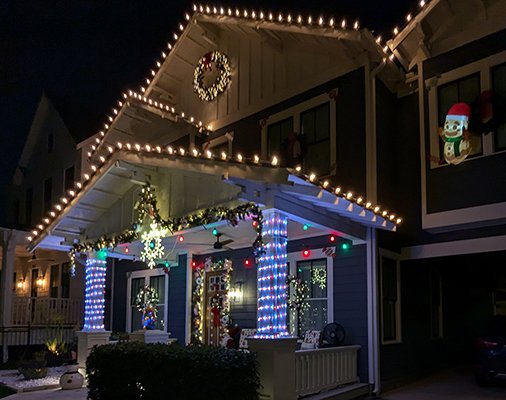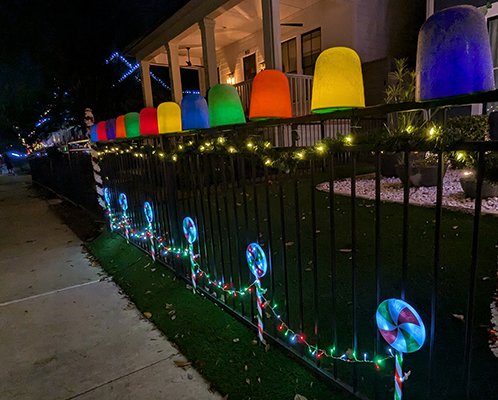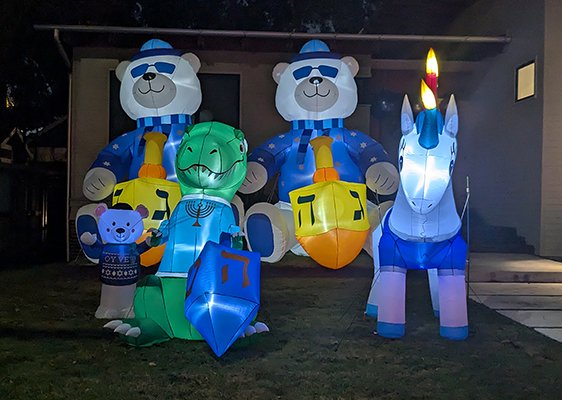At the WHCA Member’s meeting Tuesday, March 25th I outlined an effort by a small group of neighbors to create a “Greater Heights Management District.” In order to appreciate the value of this idea, it’s necessary to understand what a “Management District” is and does. It’s also worth mentioning something known as a “Tax Increment Reinvestment Zone” which is often called a TIRZ.
For the more visual, the following are the slides I used at our member’s meeting.









What is a TIRZ?
In brief, Tax Increment Reinvestment Zone is a way for a portion of property taxes for a defined region to be collected for development use within that geography.
TL;DR – a TIRZ is a source of development funding based upon property taxes.
What is a Management District?
Management Districts are special districts created by the Texas legislature. These districts are empowered to promote, develop, encourage and maintain employment, commerce, transportation, housing, tourism, recreation, arts, entertainment, economic development, safety and the public welfare.
Management districts are typically formed to benefit one of three categories: to support raw land development, support a major activity center, or support neighborhood redevelopment. For our purposes, we are interested in redevelopment. Activities could include, but are not limited to, safety & security, public right-of-way maintenance, litter and graffiti abatement, landscaping and public art, branding and way-finding signage, public nuisance and sign code violation reporting.
TL;DR – A Management District does things for the improvement of the community.
The Greater Northside Management District
Woodland Heights is currently part of the Greater Northside Management District. Established in 2001, the GNMD first started to deliver services in 2006. GNMD revenue sources include a tax on business and commercial properties, but not residences. They also seek grants and partnerships.
Woodland Heights is in the southern-most corner of GNMD. It has done a number of projects in the neighborhood. Often, their projects also involve other parties.
For example, TIRZ-5 provided funds for the upgrade of the intersection at White Oak Drive and Houston Avenue, and renovation of the nearby parkette. TIRZ-5 could only provide the funding. They contracted with GNMD for the ongoing maintenance of the installation.
The Greater Heights
There is no Management District immediately to the the west of Woodland Heights. This has certain implications. For example, the Memorial Heights Redevelopment Authority (TIRZ-5) has provided funding for the redevelopment of the Shepherd/Durham corridor. Once that work is complete, maintenance and cleaning of the area will fall to the city, in conjunction with any nearby civic associations. That means there’s very little resources available.
In reality, it would be vastly better if there was a Management District that was able to take up the ongoing operation and maintenance work required once the redevelopment effort ends. A small group of neighbors have launched an effort to create such a new Management District, which they are/were calling the “Greater Heights Management District.”
This effort has been ongoing for at least 6-8 months, but very little has actually been stated about what might be involved. In January, I attended a meeting at the Montie Beach Community Center where I learned a little. There I saw a map that proposed GHMD to cover the area from I-45 west to TC Jester, and I-10 north to the 610 loop. You’ll see this in the slides shown above.
They had the idea that GHMD would levy a small tax on both businesses and residences. This would be something that would ultimately be voted on by impacted neighborhoods. The resulting funds would be used to address a long list of potential priorities. Some of the ideas included; timely maintenance of public spaces, improvements to park facilities, and a constable patrol program covering the entire area.
This is all very encouraging, most especially the constable patrol. Much of the GHMD area does not have any constable patrol, and those that do constantly struggle to fund them via purely voluntary means. GHMD has the potential to be quite transformative. It could do a lot of good.
Progressing the Idea
GHMD must be created by the Texas Legislature. That means crafting a bill, and finding representatives to support it going through committees in both the house and senate. Initially there was a rumor that the GHMD team might seek to get this put before the current session of the legislature. It now seems that won’t be possible. The language of the bill is not ready. There are too many other bills already submitted. Time is just too short.
On that basis, GHMD won’t be officially created until the next legislative session. Even so, now is the time for neighborhoods potentially included in the project to have some input on the crafting of the bill. Have some say in defining the scope of what it sets out to do.
Want to know more?
Of course you do! At least, I hope you do. In the end, it might impact literally everyone in the area. All the above has been gleaned from various sources. I’m told that the scope of the project has evolved, but little has been shared. Nothing made public.
The team leading the charge to create GHMD are going to be presenting at the next meeting the Greater Heights Super Neighborhood Council. That’s Tuesday, April 15th at 6:30pm at the Historic Heights Fire Station, 107 W 12th St.
I encourage anyone interested from Woodland Heights to join me in attending this meeting. It’s the first significant opportunity to discover what’s being considered, and possibly have some input into the process.
Michael Graves, President, WHCA


































